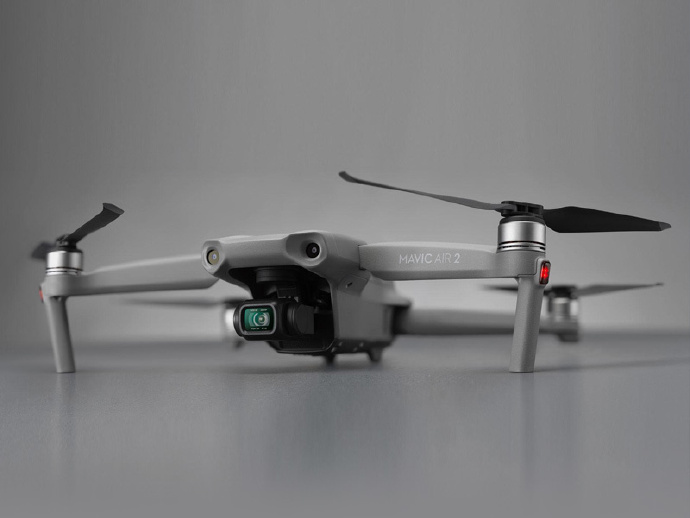In the rapidly advancing world of surveillance technology, integrating drones with heat cameras into your strategy can elevate security measures to a whole new level. These sophisticated devices are equipped with thermal imaging technology that allows for efficient monitoring in various scenarios, making them indispensable in fields such as search and rescue, law enforcement, wildlife observation, and even firefighting.
Why Use Drones with Thermal Imaging?
One of the foremost advantages of using drones equipped with heat cameras is their ability to see through darkness and detect temperature variations. This feature makes them incredibly useful during nighttime operations or through obstructive environments such as fog or smoke. The versatility in mobility and the capacity to hover above areas provides operators with a comprehensive view that traditional surveillance systems may not offer.
For search and rescue missions, drones with thermal cameras can identify heat signatures of lost individuals or trapped hikers in dense woodland areas, drastically reducing time and resources spent on locating them. Law enforcement agencies benefit greatly by using these drones to track suspects or detect unusual activity, even in hidden or remote places.
Applications in Wildlife and Environment
Environmental monitoring using thermal drones is another growing application. Scientists and researchers employ this technology to track wildlife movements, monitor animal populations, and study behavioral patterns without disturbing their natural habitats. This non-intrusive method is crucial for conservation efforts as it enhances data accuracy and reliability.
Furthermore, these drones are invaluable in firefighting scenarios. Battling fires in treacherous landscapes becomes more strategic when drones can identify hotspots and assess fire spread effectively. This data enables teams to deploy resources more efficiently, minimizing devastation to affected areas.
Technological Advancements and Accessibility
Technological innovation has made drones with heat cameras more accessible and affordable to various sectors. Rapid developments in imaging software and increased ranges of camera detection have surged interest in implementing this capability more broadly. More companies now provide customizable solutions tailored to specific industry needs, whether that means rugged designs for harsh environments or lightweight versions for extended flight times.
A significant drone heat camera improvement lies in the enhanced resolution and image processing capabilities. Operators can now receive live thermal data with detailed contrasts, enabling them to make real-time decisions with higher accuracy. This development helps mitigate risks and optimize operations without needing expert interpretation, making it more user-friendly.
Future Potential and Innovations
Looking ahead, the future of surveillance technology points to even more integrated systems. The combination of AI with thermal imaging could soon automate the detection of anomalies and track patterns instantly. With advances in machine learning, drones may predict potential risks and offer preventative measures more intelligently.
Developers foresee drones employing not only heat cameras but multispectral and hyperspectral sensors, providing more layers of data across different spectrums for comprehensive analysis. This integration promises to revolutionize industries reliant on surveillance and monitoring.
FAQ:
Q: Can drones with heat cameras be used in urban environments?
A: Yes, they are often deployed in urban settings for law enforcement and infrastructure inspection due to their efficiency in assessing and monitoring environments without physical presence.
Q: How reliable are these drones in harsh weather conditions?
A: Many models are designed to withstand adverse weather, including rain and wind, although performance may slightly vary based on specific conditions and drone model.

Q: Are drones with thermal cameras legal for personal use?
A: Generally, yes, but local regulations may require permits or restrictions depending on usage, particularly concerning privacy and airspace rules.